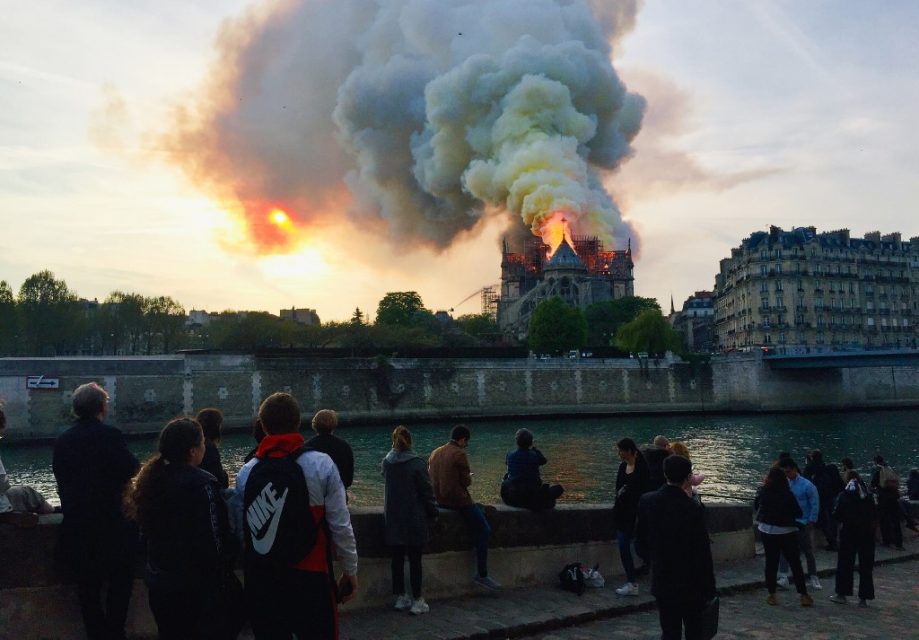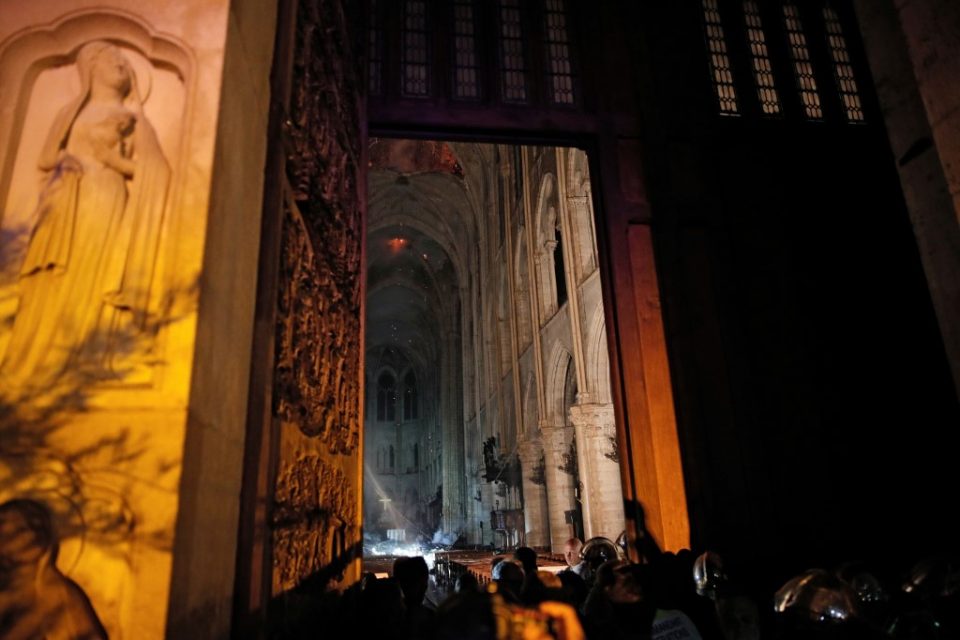
The Vatican on Monday expressed its “incredulity” and “sadness” over a major fire that engulfed the Notre-Dame cathedral in Paris, which it called “a symbol of Christianity in France and across the world”.
“We express our closeness with French Catholics and with the Parisian population. We pray for the firefighters and for all those who are trying their best to tackle this dramatic situation,” a Vatican spokesman said in a statement.
International leaders also voiced their sorrow and solidarity with the French people as fire ravaged the iconic Notre-Dame Cathedral in Paris on Monday.
Among the international leaders who had expressed shock and sorrow are EU Commission head Jean Claude Juncker, EU Council President Donald Tusk, United Nations Secretary General Antonio Guterres, US President Donald Trump, former US President Barack Obama, UNESCO secretary general Audrey Azoulay, Austrian Chancellor Sebastian Kurz, Belgian Prime Minister Charles Michel, British Prime Minister Theresa May, and German Chancellor Angela Merkel.
-Cathedral built in 1163-
The iconic cathedral has been deeply enmeshed in Paris’s history since construction began at the end of the 12th century — historians generally ascribe the date 1163 — and lasted more than two centuries to 1345.
It was in Notre-Dame that Napoleon Bonaparte crowned himself emperor of France.
Its massive tenor bell announced the liberation of the city from Nazi control on August 24, 1944, ending the dark years under German rule in World War II.
Twenty-six years later it hosted the funeral of Charles de Gaulle, a rare honour for the leader who steered France’s resistance during the war.
– Cultural lodestone –
In 1831, Hugo brought the cathedral alive with “Notre-Dame de Paris”, giving it a personality on par with the novel’s heroes, the hunchback Quasimodo and the gypsy beauty Esmeralda.
At a time when the church was facing the prospect of demolition because of its shocking state of disrepair, his novel worked as a rallying cry to action for the nation, which began efforts to safeguard the structure.
But Notre-Dame has not remained unchanged since its creation, with each era seeming to bring its own touch to the structure.
A spire originally installed toward the year 1250 was taken down five centuries later.
But at the end of the 19th century the architect Eugene Viollet-le-Duc, a tireless defender of France’s medieval monuments, rebuilt the spire, sparking a chorus of criticism from residents and tourists alike.
The spire had disappeared from most people’s memories when it emerged once again from Notre-Dame’s roof in 1860.

It was this spire which collapsed to gasps of disbelief from horrified onlookers shortly before 8:00 pm on Monday, consumed by the flames ravaging the roof and the wooden latice supporting it, known as the “forest”.
Experts said the framework of oak beams, invisible to visitors, was a gem of medieval architecture, with some parts of the structure more than 800 years old.
© Agence France-Presse








